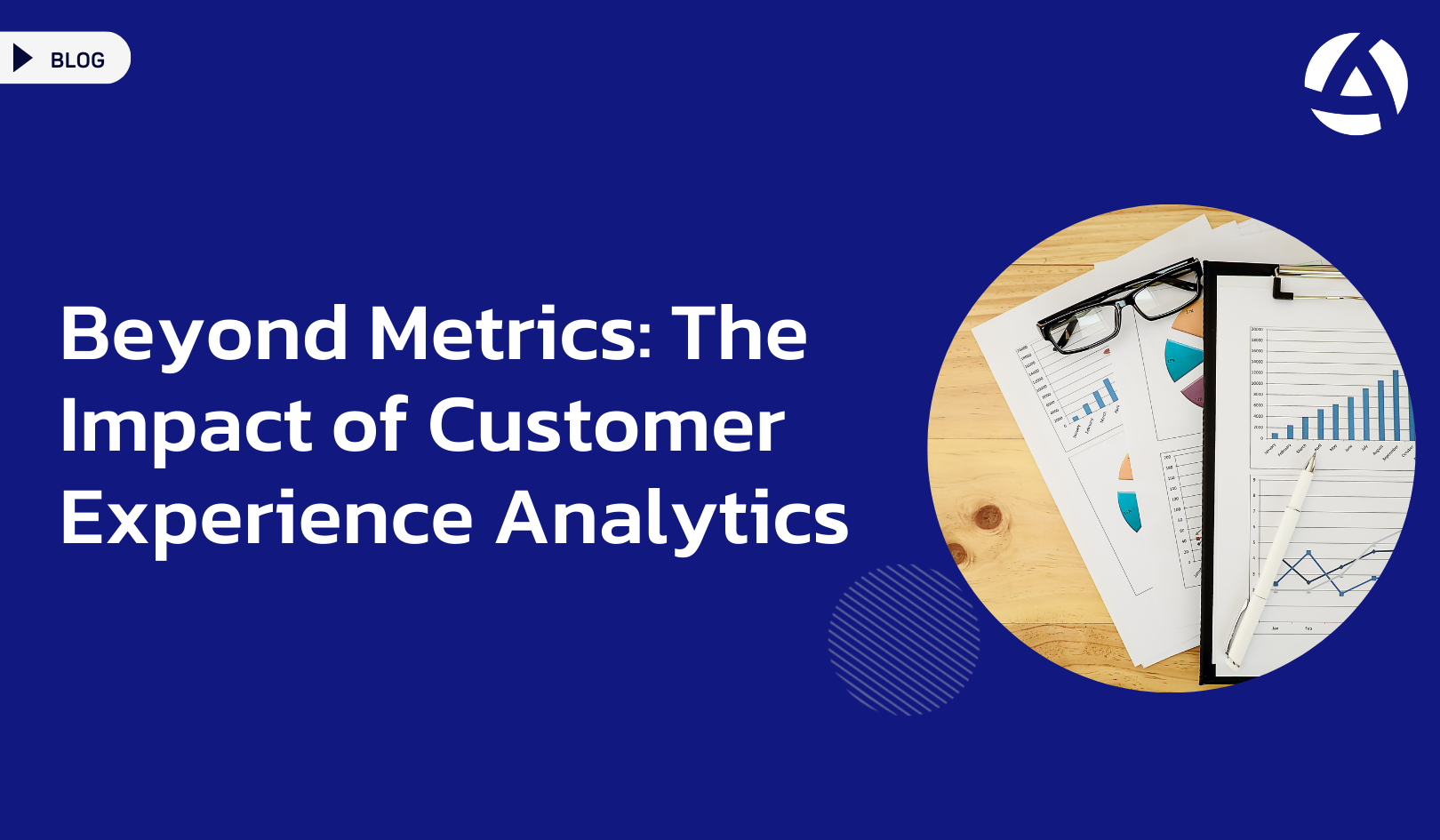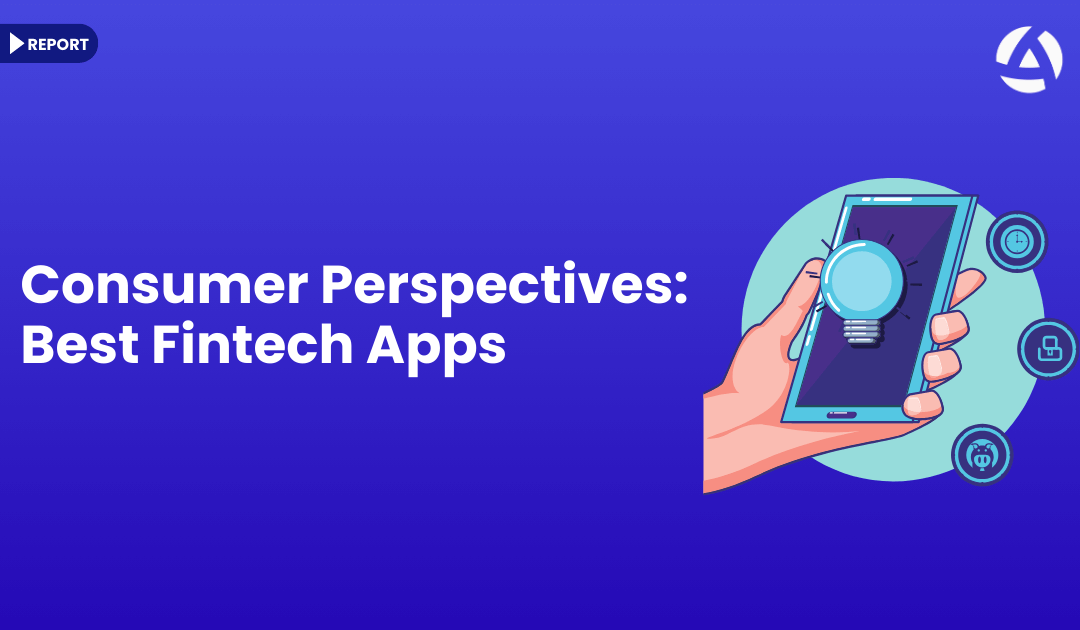As businesses strive to provide exceptional customer experiences, they often rely on score-based metrics like Net Promoter Score (NPS) or Customer Satisfaction Score (CSAT) to measure customer experience. While these metrics provide valuable insights, they don’t always tell the whole story. By embracing customer experience analytics, companies can delve deeper into feedback, revealing nuanced insights crucial for strategic decision-making. Text analytics can help businesses identify specific pain points, trends, and patterns that can inform strategic decision-making. For instance, sentiment analysis can help identify whether customers express positive or negative emotions, while topic modeling can identify frequently mentioned topics. By going beyond score-based metrics and leveraging text analytics, businesses can gain a more comprehensive understanding of their customers and make data-driven decisions to improve the customer experience. To learn more about text analytics, you can check out this article named “What Is Text Analytics? Descriptive, Predictive, and Prescriptive.“
To illustrate, let’s consider reviews of a fintech company on Google Play:
Two customer feedbacks with the same rating of 3 out of 5 have different intents and topics. The first feedback expresses pleasure and gratitude towards the customer support for resolving account issues, while the second feedback is a complaint about not receiving a paid debit card. Text analysis results show that the first feedback relates to customer service and service quality in the products of checking and savings, while the second feedback pertains to payment and cards.
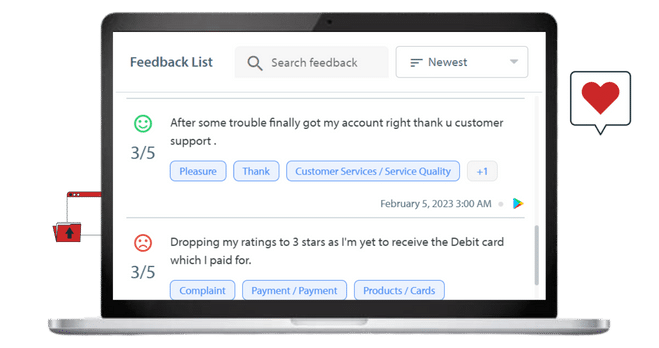
As customer feedback insights may differ in so many ways, the value and use cases of text analytics also enrich work life. In this regard, the value of customer experience analytics transcends varied feedback interpretations. There are three essential business operations where AI can enhance CX management. These operations can be more effortless, based on accurate and precise data, and aligned with fast-changing customer decisions through AI-enhanced processes.
Quantifying and unifying all experience data is crucial
First, quantifying and unifying all experience data is crucial. When customer data is scattered across various solutions and departments, organizations cannot track customer behavior through channels and systems. This lack of a unified customer view impedes creating personalized experiences, anticipating consumer behavior, and exceeding customer expectations. Synthesizing customer feedback trends from various data sources, such as support tickets, Google reviews, in-app reviews, or open-ended comments on surveys, enables businesses to gain a 360-degree view of the customer and better understand and respond to customer needs, resulting in growth.
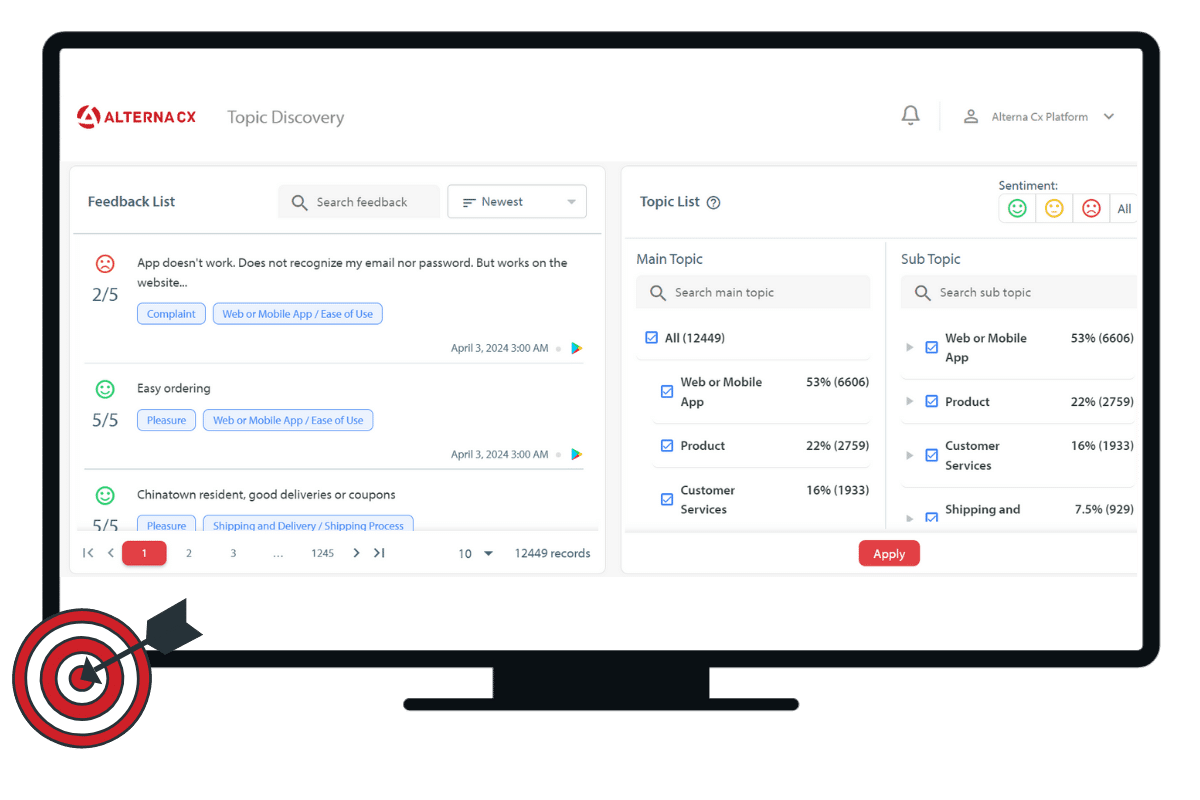
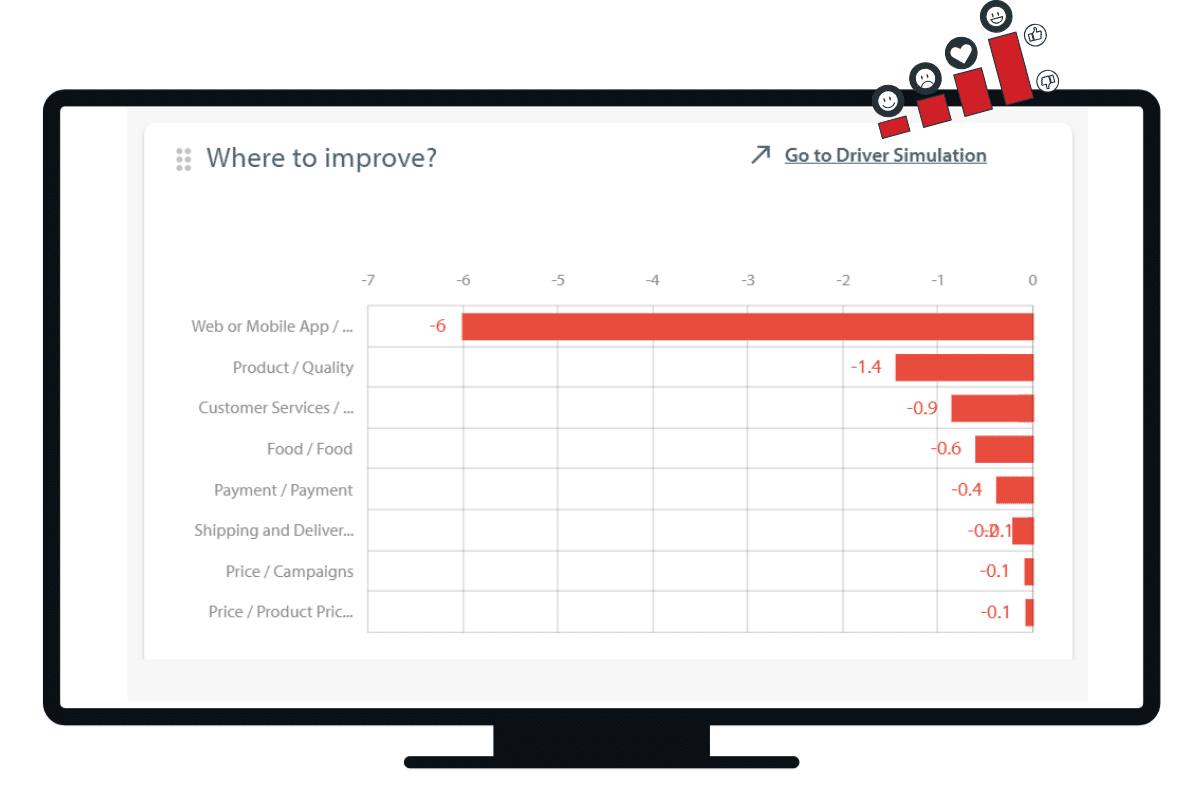
Understanding the root causes of experience is vital.
Second, understanding the root causes of experience is necessary. Once data are unified into a single experience source, the next step is to use customer signals before they escalate into more complaints, dissatisfaction, negative word-of-mouth, and eventually churned customers. AI-based CX management platforms deploy ready-to-use text analytics models to discover patterns that predict trends or highlight behaviors and attributes. Natural language processing techniques like sentiment analysis, emotion analysis, and topic analysis automatically classify trends and achieve high accuracy for deeper customer insights. This automated efficiency saves up to 80% of a CX practitioner’s time for manual analysis of customer feedback.
Closing the loop is crucial for improving customer loyalty.
Third, closing the loop is crucial for improving customer loyalty. Fast action on feedback is the most skipped step by companies, despite its potential benefits. Closing the loop is a personal, one-to-one communication that shows customers that their concerns have been heard and respected. Completing a closed-loop process earns credit for building what customers want. AI helps solve customer problems faster because it supports real-time interaction. The system’s intelligence recognizes a customer’s action and quickly provides a message or next-best action to drive further engagement. AI-based CX is a round-the-clock analyst that identifies and alerts CX professionals and practitioners, providing a clear and actionable picture to close the loop. For example, AI can automatically send a joyful customer’s positive feedback about product quality through Slack to the relevant teams.
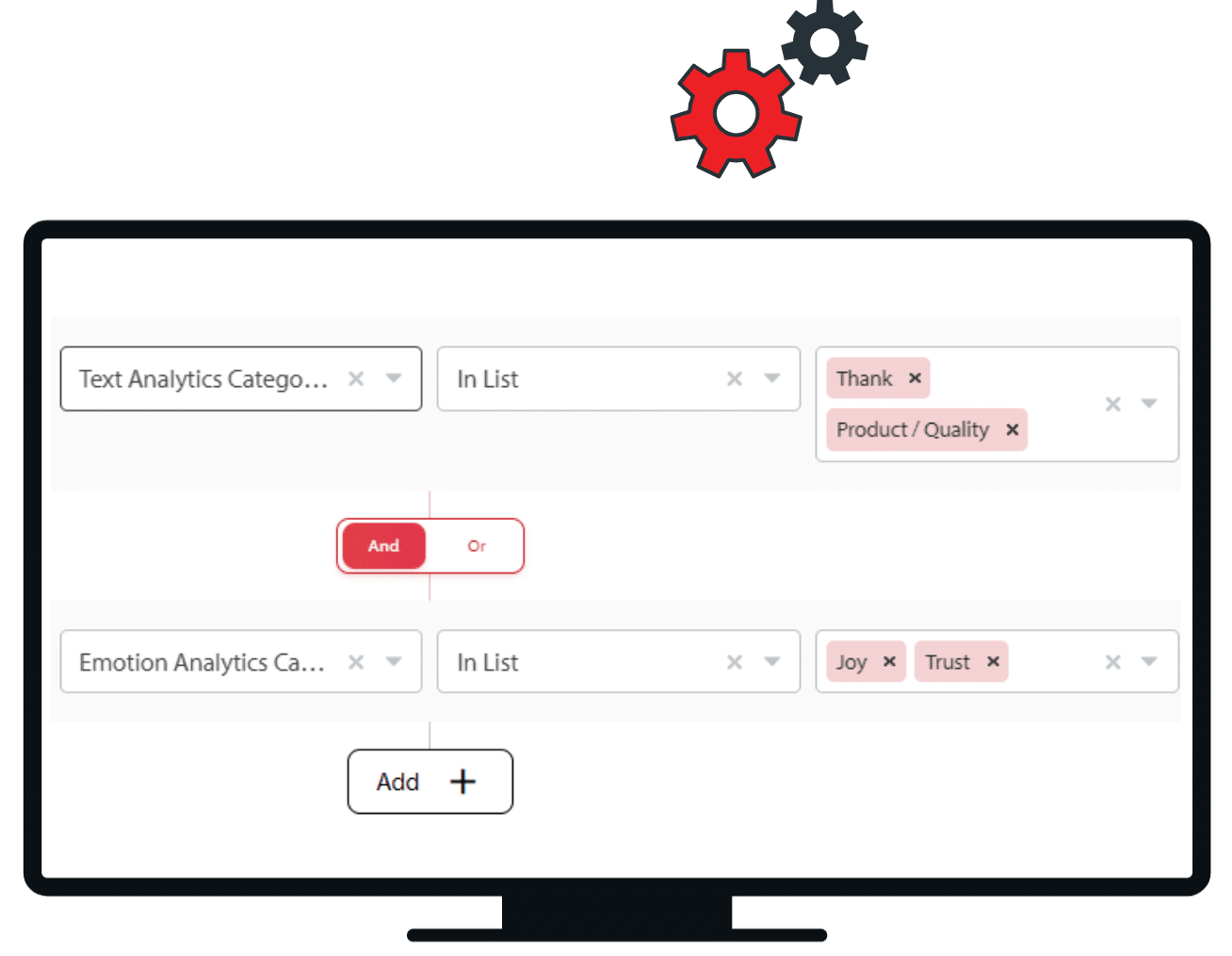
In conclusion, customer experience analytics offers a transformative approach, augmenting traditional CX metrics with actionable insights derived from unstructured data. While conventional methods falter in processing vast data sets, AI-driven analytics provides timely, comprehensive solutions, propelling businesses towards unparalleled CX excellence.

